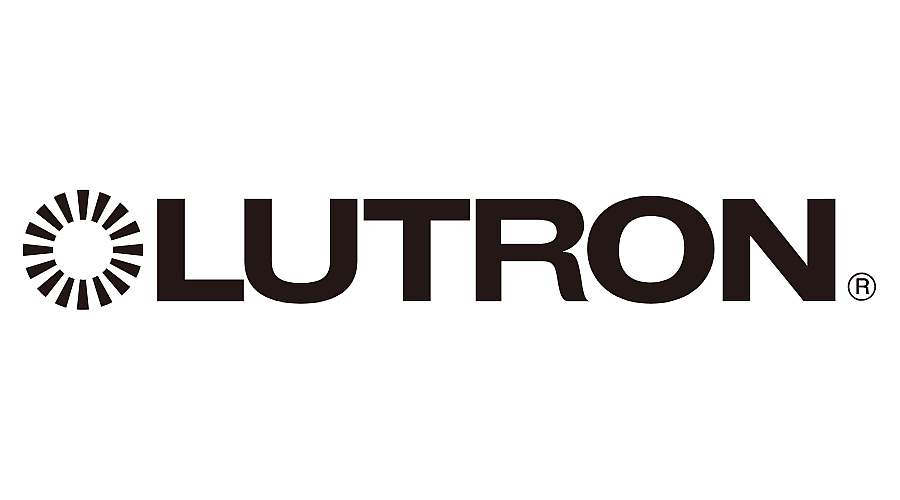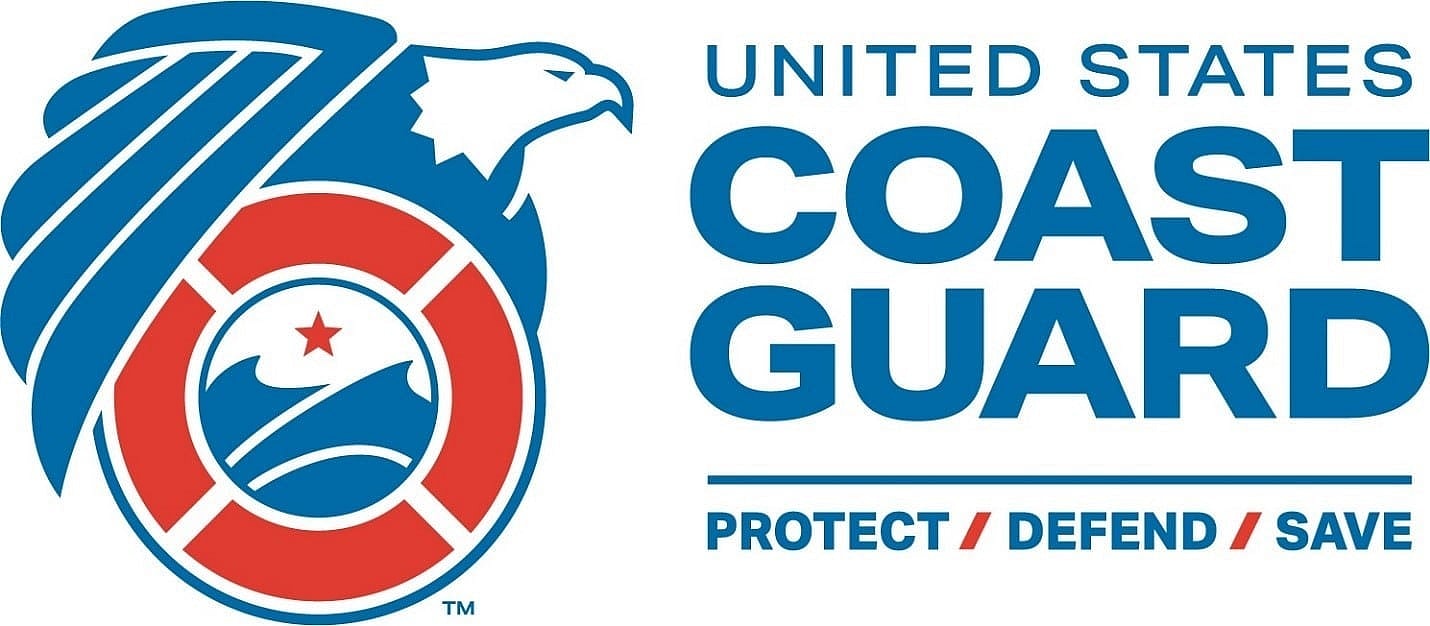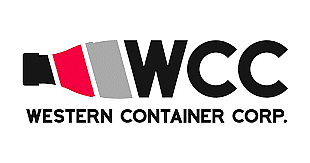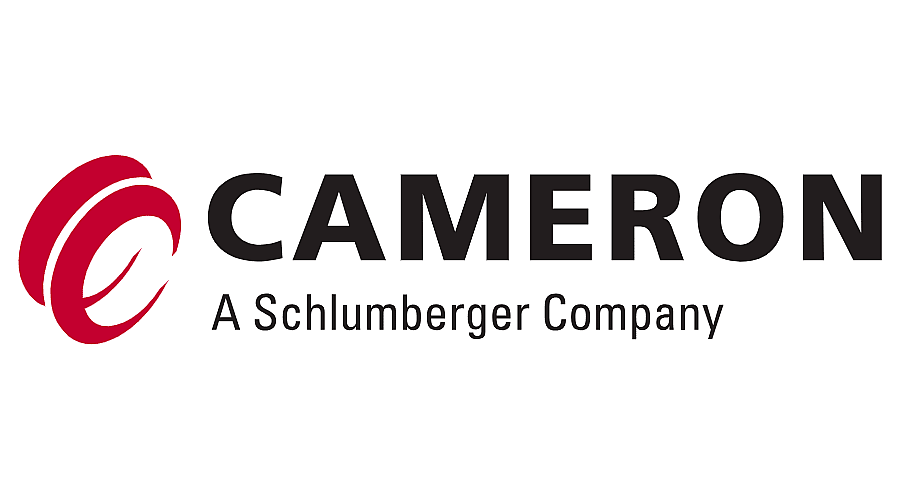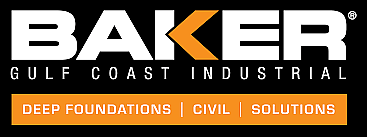How Cathodic Protection Systems Protect Your Assets and How to Keep Them Running Smoothly
Learn how cathodic protection systems prevent corrosion, how they work, and why you need Dreiym Engineering to design, install, and maintain them for you.
Corrosion is a natural and inevitable process that affects any metal structure exposed to the environment. Corrosion can cause serious damage to your assets, such as pipelines, tanks, bridges, ships, offshore platforms, and more. Corrosion can lead to leaks, cracks, failures, and even accidents that can harm people and the environment. That’s why you need a reliable and effective way to prevent corrosion and protect your assets from its harmful effects. That’s where cathodic protection systems come in.
Cathodic protection systems are a proven and widely used method of corrosion prevention that uses electrical currents to create a protective layer on the metal surface. Cathodic protection systems can extend the life of your assets, reduce maintenance costs, and improve safety and performance. But how do they work, and how can you ensure that they are working properly? In this blog post, we will answer these questions and show you why you need Dreiym Engineering as your trusted partner for cathodic protection services.
How Cathodic Protection Systems Work
Cathodic protection systems work by making the metal structure the cathode, or the negative electrode, of an electrochemical cell. This means that the metal structure receives electrons from an external source, such as a sacrificial anode or an impressed current system. These electrons neutralize the positive ions that are formed on the metal surface due to corrosion. By doing so, cathodic protection systems prevent the metal from losing electrons and corroding. Cathodic protection systems also create a protective film of metal oxides or hydroxides on the metal surface, which further inhibits corrosion.
There are two main types of cathodic protection systems: sacrificial anode systems and impressed current systems. Sacrificial anode systems use metal anodes, such as zinc, magnesium, or aluminum, that are more reactive than the metal structure. These anodes are attached to the metal structure and corrode instead of the structure, providing a constant flow of electrons. Sacrificial anode systems are simple, inexpensive, and self-regulating, but they have a limited lifespan and may not provide enough current for large or complex structures.
Impressed current systems use an external power source, such as a transformer-rectifier, to provide a controlled and adjustable current to the metal structure. The current is delivered through inert anodes, such as graphite, titanium, or platinum, that do not corrode. Impressed current systems are more complex, expensive, and require regular monitoring and maintenance, but they can provide a higher and more uniform level of protection for large or complex structures.
How to Maintain Cathodic Protection Systems
Cathodic protection systems are not a one-time solution. They require regular inspection, testing, and maintenance to ensure that they are working effectively and efficiently. Some of the factors that can affect the performance of cathodic protection systems include:
- Changes in the environment, such as soil moisture, salinity, temperature, or pH
- Damage to the coating, insulation, or wiring of the metal structure or the cathodic protection system
- Interference from other electrical sources, such as power lines, pipelines, or railways
- Aging or depletion of the anodes or the power source
To maintain cathodic protection systems, you need to perform periodic measurements of the electrical potential, current, and resistance of the metal structure and the cathodic protection system. These measurements can help you determine if the cathodic protection system is providing adequate protection if there are any problems or defects, and if any adjustments or repairs are needed. You also need to inspect the physical condition of the metal structure and the cathodic protection system and replace any worn or damaged components.
Maintaining cathodic protection systems can be a challenging and time-consuming task, especially if you have multiple or large-scale assets. That’s why you need a professional and experienced service provider that can handle all aspects of cathodic protection maintenance for you. That’s why you need Dreiym Engineering.
Why You Need Dreiym Engineering for Cathodic Protection Services
Dreiym Engineering is a leading provider of cathodic protection services in Texas, Louisiana, Oklahoma, and New Mexico. We have over 20 years of experience in designing, installing, testing, and maintaining cathodic protection systems for a variety of industries, such as oil and gas, water and wastewater, transportation, and marine. We have a team of qualified and certified engineers, technicians, and inspectors who can handle any cathodic protection project, big or small. We use the latest technology and equipment to ensure that your cathodic protection systems are working optimally and comply with all the relevant standards and regulations.
At Dreiym Engineering, we offer a full range of cathodic protection services, including:
- Cathodic protection design and engineering
- Cathodic protection installation and commissioning
- Cathodic protection troubleshooting and repair
- Cathodic protection testing and monitoring
- Cathodic protection training and consulting
We also offer other corrosion-related services, such as coating inspection, pipeline integrity management, stray current mitigation, and more. We are committed to providing high-quality and cost-effective solutions that meet your specific needs and expectations. We are available 24/7 to respond to any emergency or request. We are your one-stop shop for all your cathodic protection and corrosion needs.
If you want to protect your assets from corrosion and extend their lifespan, you need cathodic protection systems. And if you need cathodic protection systems, you need Dreiym Engineering. Contact us today to get a free quote or to learn more about our cathodic protection services. We look forward to hearing from you and working with you.

















